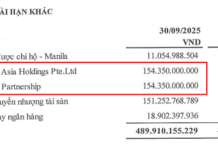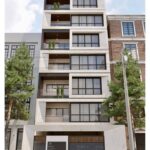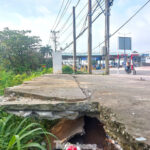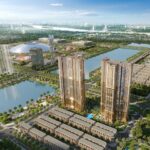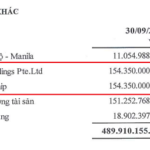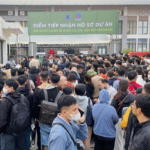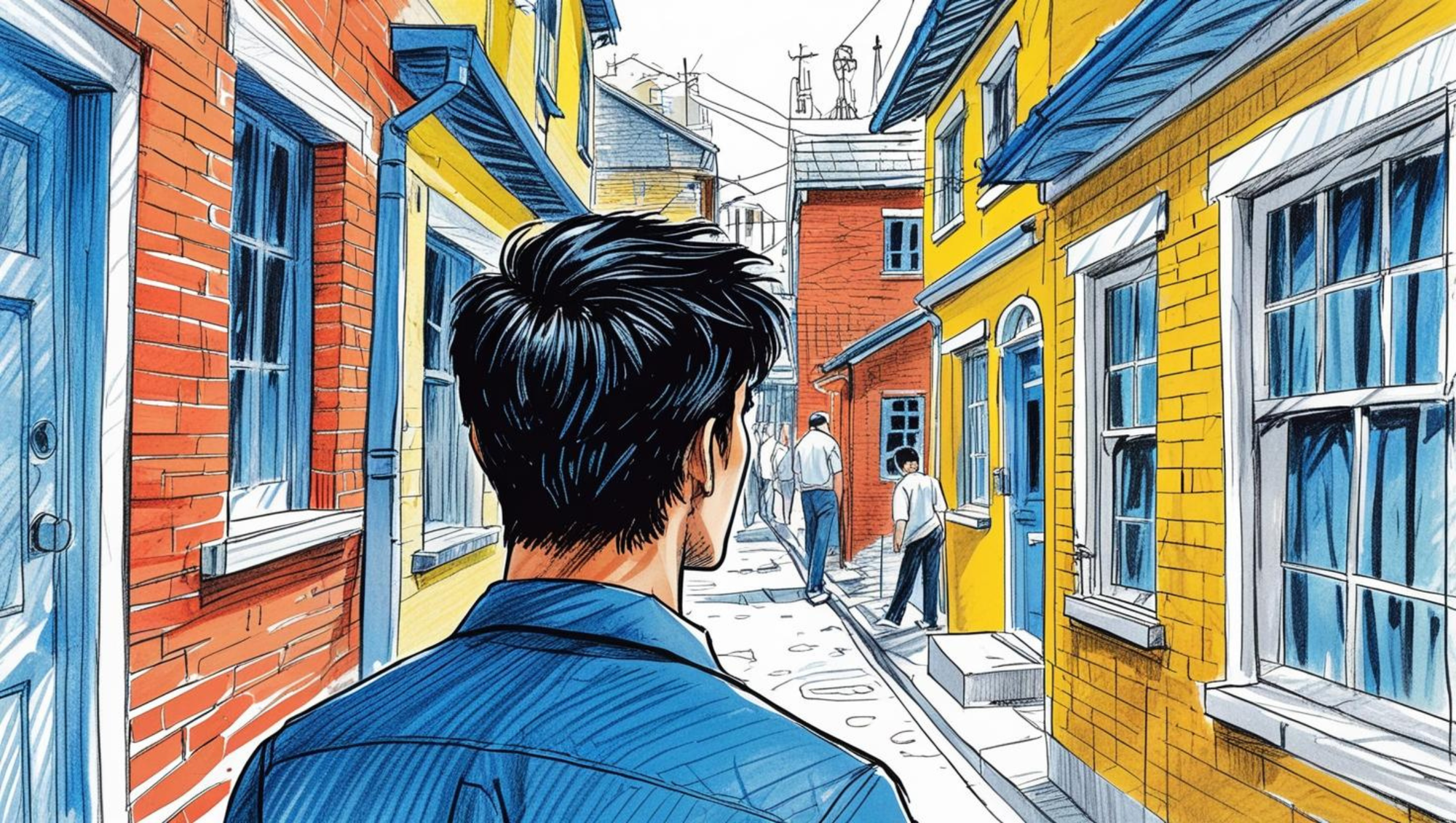
Purchasing a home is a significant decision, and when it comes to buying a house on an alley, there are unique considerations to keep in mind. Alleyway homes often offer a more affordable option compared to main road properties, providing a quieter and more community-oriented environment. However, there are potential pitfalls to be aware of. This article will delve into the key factors to prioritize when contemplating buying a house on an alley, ensuring you make a well-informed choice.
Firstly, location and accessibility are paramount. Alleys in large cities like Hanoi or Ho Chi Minh City can be narrow and congested. Ensure the alley is at least 3-4 meters wide to allow for easy maneuverability for motorbikes and cars. A narrow alley will not only make daily travel a hassle but could also pose a problem in emergency situations requiring quick access.
Additionally, keep an eye out for potential flooding. Many alleys in low-lying areas are prone to flooding during the rainy season, resulting in property damage and health hazards. Check with neighbors or local authorities about the history of flooding in the area.
Next, pay close attention to the legal aspects of the property. Houses in alleys often have complex ownership histories, so it’s crucial to request all relevant documents from the seller, including the red book (land use certificate) and building permits. Verify that there are no disputes, and consider engaging a reputable lawyer or real estate company for legal due diligence to avoid purchasing a property with pending issues or facing potential repossession.
The surrounding environment and neighbors play a significant role in your overall living experience. While alleyway living fosters a sense of community, it can also bring challenges such as noise from neighbors, littering, or security concerns. Spend time observing the area at different times of the day—early morning, noon, and late evening. Chat with local residents about any issues pertaining to theft or disputes over shared pathways.
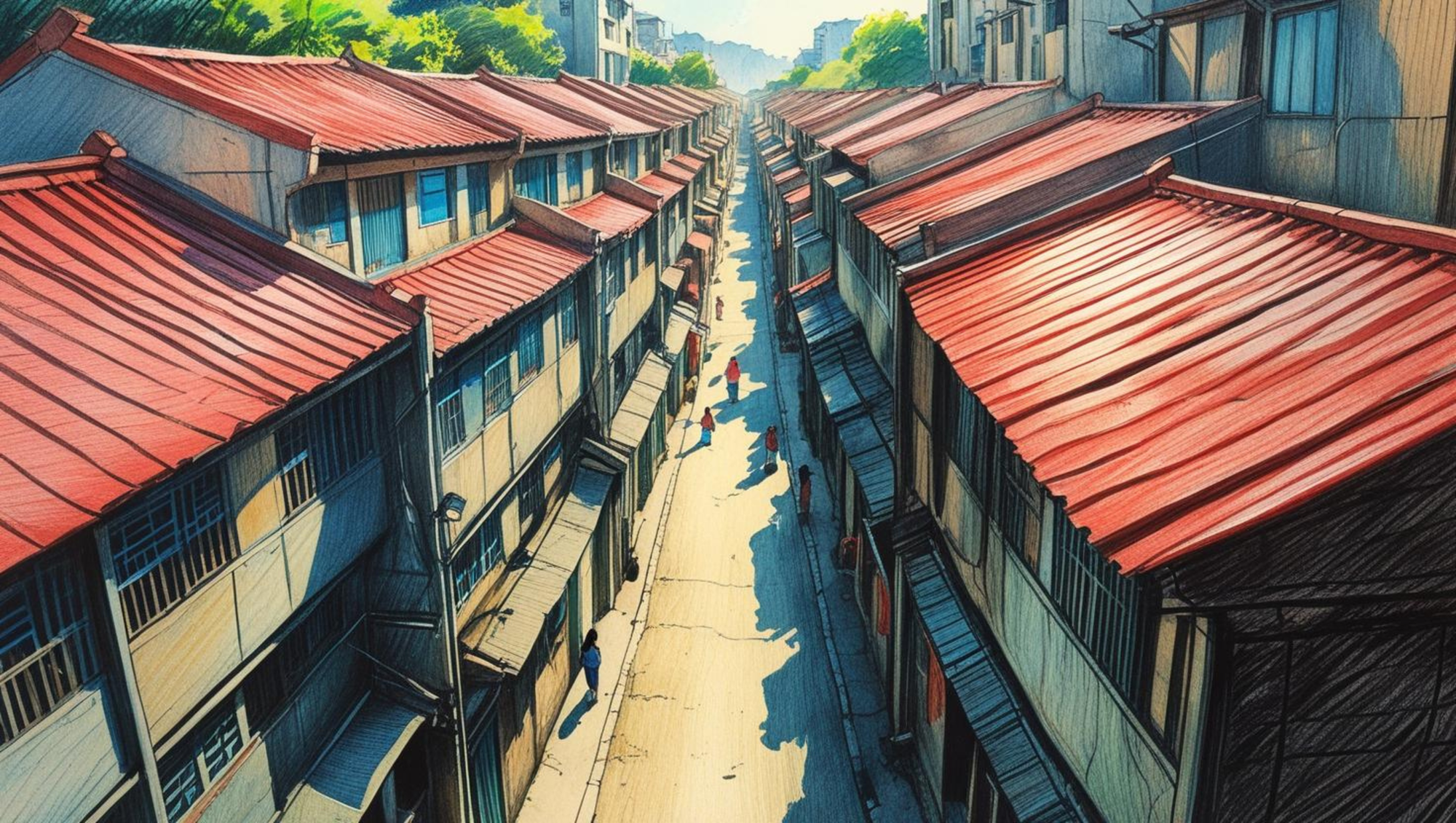
Don’t forget to inspect the infrastructure, including electricity, water, and internet connectivity. Older alleys may not have been upgraded, resulting in frequent power outages or low water pressure. If you have young children or elderly family members, consider choosing an alley closer to schools, markets, and hospitals for added convenience.
When it comes to the quality of the house, don’t judge a book by its cover. Engage a building inspector to check for structural issues such as cracks in the walls, leaky roofs, or unstable foundations. Pests like termites and water damage can also be hidden problems, and the repair costs can quickly add up if these issues are not addressed beforehand.
Furthermore, consider the long-term investment potential. While houses in alleys may appreciate in value if the area develops, a dead-end alley might hinder this growth. According to Batdongsan.com.vn, alley homes in Hanoi’s city center have seen an average annual price increase of 10-15%, while those in suburban areas have only risen by 5%.
Lastly, your budget and financial situation will be the deciding factors. Factor in not just the purchase price but also renovation costs and taxes. If you’re taking out a bank loan, opt for a fixed-interest rate to mitigate risks. Remember, it’s a significant decision, so take your time, compare various options, and seek expert advice.
In conclusion, buying a house on an alley requires careful consideration. By prioritizing factors such as location, legal aspects, the surrounding environment, and the quality of the house, you can make a well-informed choice and avoid potential pitfalls. With thorough research and planning, you’ll be on your way to finding your ideal home, free from regrets.
How Much Does It Cost to Build a 7-Story House?
The construction of a 7-story building is a complex endeavor that demands meticulous planning, significant investment, and an extensive timeline.
The Devastating Floods: A Costly Rescue Mission for Ho Chi Minh City
“The notorious flooding site along National Highway 13, near the Suoi Giua toll station, is finally getting the attention it deserves. The Ho Chi Minh City administration has allocated a substantial budget of over VND 3,000 billion for a much-needed drainage project named ‘Suoi Giua – Bung Cau Drainage Axis.’ This ambitious undertaking aims to eradicate the perennial flooding that has plagued this stretch of road for far too long. With this initiative, drivers can soon look forward to smoother and safer journeys, even during the rainy season.”
“Prime Red-Book Land Lots Adjacent to Phu My Hung: Your Key to Sustainable Profits”
In the ever-changing landscape of Ho Chi Minh City’s real estate, seeking out areas on the urban fringe that offer attractive prices, comprehensive legal frameworks, and act as infrastructure and industrial hubs is a strategy that savvy investors are embracing.











